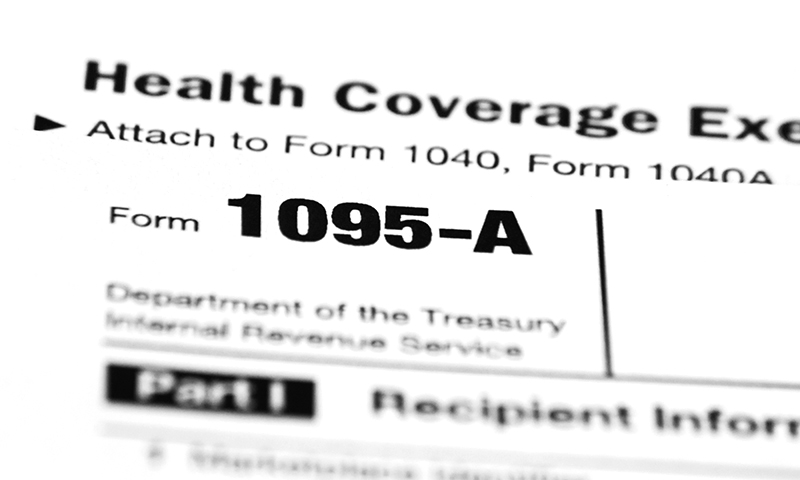Reporting your health coverage under the new law
August, 13 2018 by Selena Quintanilla, CTEC
Let's rewind to a few years back; I was 20 years old, and for the first time since becoming a taxpayer, I was getting ready to file my tax return with minimal help from my parents. Yes, I'm aware that by that age most kids have filed at least two returns on their own, and that's great for them. I, on the other hand, didn't know much about taxes (except that you were required to pay them), and I was terrified of doing something wrong. In fact, the only thing I feared more than failure was authority, and a letter from the IRS would mean both. Anyway, my dad believed that it was time to "cut the cord," and when I waddled in with my shoebox of tax papers, he advised my mom to make me figure it out.
My mom ignored his commentary and proceeded to discuss the different credits I qualified for that year and the forms I would need to confirm my entitlement to such credits. After listening intently, I politely explained to my mom (without admitting my dad was right) that I was an adult now and should be filing my taxes without her help. Reluctantly, she agreed, and I swooped up my shoebox of documents and headed out the door!
It took me two weeks after that incident to muster up enough courage to file my taxes, and I still called on my mom for support. I walked her through all of my selections and was just about to hit the "submit" button when she ordered me to a halt. "Healthcare!" she exclaimed. "What did you select for healthcare?" I navigated to the section in TurboTax and read aloud to her from the screen where I had made a selection. "That's not right," she said. "You had a gap in coverage for three and a half months."
Unbeknownst to me, I had forgotten my 1095-B at their house. With the patience of a saint, my mom walked me through the steps for making the necessary corrections. It turns out that because of the gap in my coverage, I had to make an individual shared responsibility payment. Had we not caught this, I may have ended up with a notice from the IRS and owing an additional penalty. Fun fact: spending money is another one of those things that I prefer not to be bothered with.
The Tax Cuts and Job Act presents many substantial changes to filing requirements; however, the reporting of healthcare coverage remains consistent. For 2017 and 2018, taxpayers must continue to report their coverage and determine if they qualify for an exemption − or like me, are required to make a shared responsibility payment.
If you had insurance coverage in 2017, you should have received at least one Form 1095 highlighting your coverage for the year.
This form comes in three variations:
- Form 1095-A. You will receive this form if you acquired insurance through the health care exchange or marketplace.
- Form 1095-B. You will receive this form if you are enrolled in health coverage through the individual market or a government-sponsored plan.
- Form 1095-C. This form is sent out for Employer-Provided Health Insurance Offer and Coverage Insurance from your employer.
Depending on the situation, you may receive more than one of the above forms. Regardless of how many 1095 forms are issued, your health insurance coverage for the year should be accurately summarized. If your 1095 Form(s) contains inconsistencies or is missing information you will need to contact your employer or insurance provider and request a corrected form. To ensure accuracy and prevent the need to file an amended tax return, you should refrain from submitting your tax return prior to receipt of Form 1095.
As for me, I learned my lesson and have since filed my tax returns with increased confidence and competency; though I do still call on my mom for a second set of eyes. What? It's been said that mothers know best, and I'd rather be safe than sorry.





